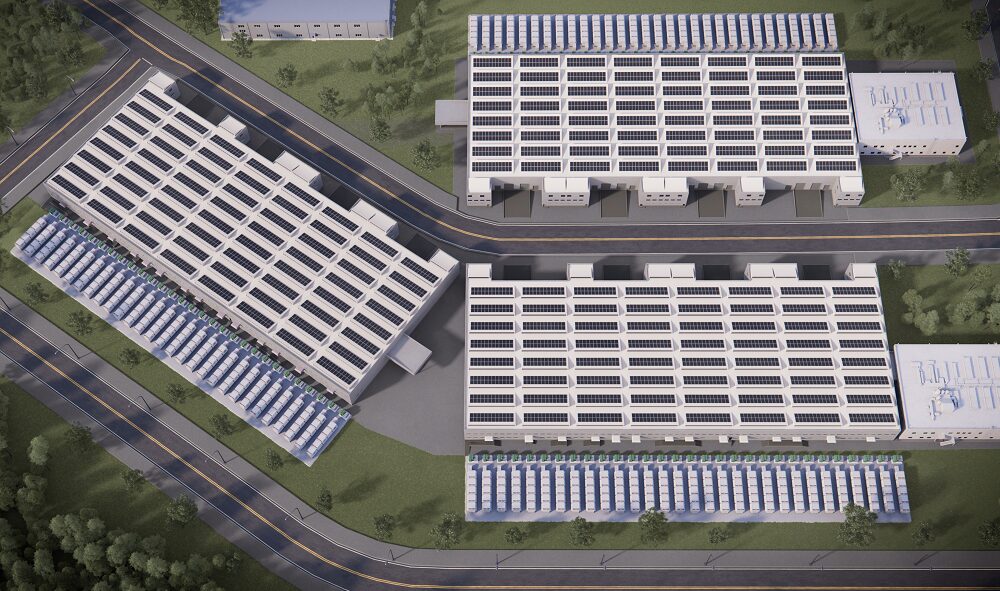[datacenter_tag_image]


Demand for power-intensive infrastructure like data centers and advanced manufacturing is accelerating, challenging the status quo trajectory of the U.S. energy system. Long grid interconnection timelines, rising reliability risks, and macroeconomic uncertainty are making it harder to get power where it’s needed, when it’s needed. In this environment, a flexible, forward-looking approach is no longer optional; it’s essential.
Viewing our infrastructure through the lens of co-location
As regulatory bodies and utilities consider how to modernize energy infrastructure policy and improve flexibility, co-location has emerged as a key concept. The definition of co-location varies widely across stakeholders, but broadly includes new generation resources like natural gas microgrids deployed behind or in front of new large loads.
Many of the most attractive utility markets are already working with regulators to develop frameworks that support this kind of flexible infrastructure, offering hybrid procurement models and faster permitting for onsite generation. These markets will likely attract more data centers and other industrial development, thanks to their ability to deliver both speed and reliability.
Policy and the push for modernized power access
Much of today’s regulatory framework was designed for an era of centralized, utility-led infrastructure buildout. That approach doesn’t align with the scale or urgency of today’s challenges, particularly when it comes to siting and powering new digital infrastructure. Policy needs to consider technological advances and business model innovations that align with today’s deployment timelines, making faster access to power scalable and affordable for energy-intensive operations.
One of the most closely watched policy developments in support of faster infrastructure deployment is the Federal Energy Regulatory Commission’s (FERC) review of the PJM tariff’s ability to facilitate co-location of generation and load. While the Trump Administration has indicated support for co-location as a strategy to accelerate investment, the industry is awaiting actionable guidance that would give utilities and developers the clarity to move forward.
Interconnection processes and transmission services need modernization to reflect a grid landscape where customer-sited and distributed generation are playing increasingly important roles. Enabling utilities to support these models without penalizing innovation or offloading undue costs onto ratepayers will be essential.
Why time-to-power is driving change
In today’s infrastructure environment, the ability to secure power quickly can determine whether a project advances or stalls. Developers in energy-intensive industries can face significant delays of up to 7 or 10 years just to interconnect to the grid. That’s on top of mounting concerns around resource adequacy.
Flexible onsite generation provides a compelling solution. It allows facilities to begin operations independently of lengthy grid timelines, while also enhancing grid stability by acting as dispatchable, load-modulating capacity. The systems can ramp up alongside load, offering redundancy and supporting local reliability.
Aligning innovation with system planning
Around the country, utilities are beginning to take varied but thoughtful approaches. Some are integrating large new loads into long-term grid investment plans, while others are seeking innovative ways to engage customers with flexible generation or demand-side strategies.
The most resilient outcomes will come from a mix of centralized planning and decentralized execution, combining the strengths of utility-scale infrastructure with the agility of customer-sited solutions. Forward-thinking policy that supports this balance will be critical to ensuring reliability, affordability, and sustainability as we build the grid of the future.
Enchanted Rock’s white paper, “Speed-to-Power Bottlenecks Undermine U.S. AI Dominance & Data Center Revenue,” explores how flexible onsite power generation can offer a practical, scalable solution to one of the most pressing challenges in infrastructure today. You can download the paper and get the full perspective here.
This article was originally published by BCSE.